Australia’s screen industry is facing mounting pressure as domestic content hours shrink and international productions become increasingly elusive, prompting renewed calls for local content quotas and a rethink of funding frameworks.
According to Screen Producers Australia (SPA), the sector is contending with a trifecta of challenges: fewer local commissions, declining production hours, and rising financial strain for production companies.
National data confirms the trend—Screen Australia’s latest figures show general TV and BVOD drama hours dropped from 416 in 2021/22 to just 328 in 2022/23, with total budgets across those projects falling by 16%. It marks the lowest volume of scripted screen content produced in five years.
SPA attributes part of the industry downturn to delays in implementing promised content quotas for streaming platforms, originally slated for July 1, 2024. In the absence of quotas, some producers have shifted to alternative funding and investment models to stay afloat.
Yet amid the challenges, some are forging new pathways. Australian Production House (APH) is one such example, gaining traction for its future-focused, flexible approach to production. CEO Louise Schultze has championed a three-pronged strategy encompassing locally funded films, international co-productions, and offshore-backed projects developed in Australia.
“We need smart, adaptable pathways that keep Australian stories on screen,” Schultze says. “If we build flexible models that include co-pros, international partners, and locally backed originals, we not only stay in the game—we help shape it.”
Her approach is already drawing international attention. At a recent SPA event, APH was inundated with meeting requests from global distributors keen to partner with the company on new projects.
Among APH’s slate is “Screaming Peak,” with “Red Dog” director Kriv Stenders attached, alongside an Australian writer and a cast of international actors. The company is also developing an Australian-Canadian co-pro documentary that has attracted interest from multiple global distributors, and “The Well,” currently in development with a creative team in Austria.
Schultze will share insights from her production model at Screen Forever 2025, where she will speak and host two panels on May 7.
Despite APH’s international success, Schultze echoes the sentiment of SPA, the Australian Writers’ Guild, and the Australian Directors’ Guild—local content quotas are essential.
“If Peter Weir hadn’t got a break making ‘The Cars That Ate Paris’ in Australia, would he have directed ‘Dead Poets Society’ or ‘Witness’?” she says. “We can run down the line—with actors like Rachel Griffiths, Russell Crowe, Toni Collette. We need a strong local screen sector to launch from.”
A vocal supporter of Save Our Arts, Schultze sees this as more than an industry issue—it’s a cultural one.
“This isn’t just about projects—it’s about our cultural identity,” she says. “Without a national screen sector, who will tell our stories? Who would ever have made ‘Mad Max,’ ‘Picnic at Hanging Rock,’ ‘Rabbit Proof Fence’—quintessentially Australian stories?”
With the industry at a crossroads, producers like Schultze are demonstrating that innovation and cultural preservation can go hand in hand—but without government support, the future of Australian storytelling remains uncertain.































